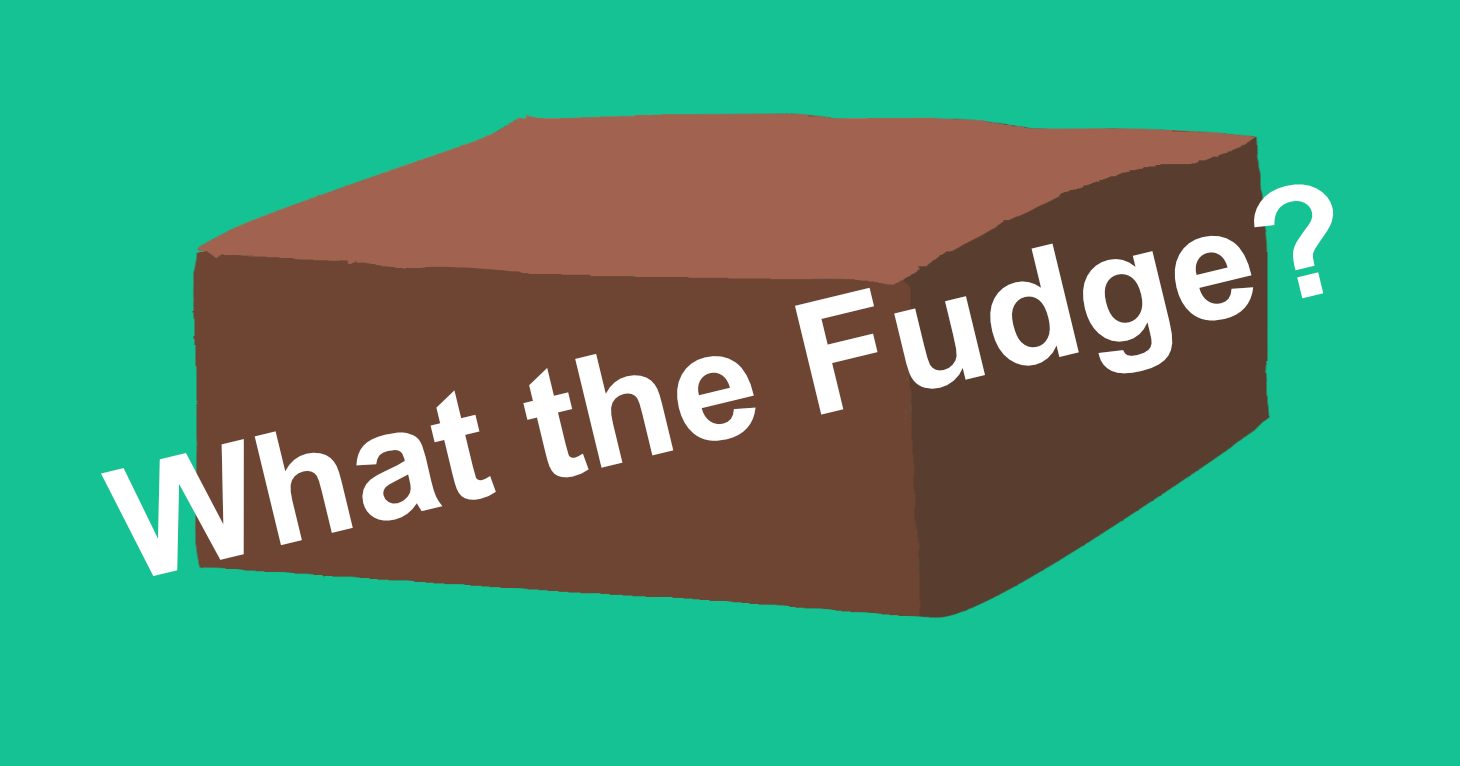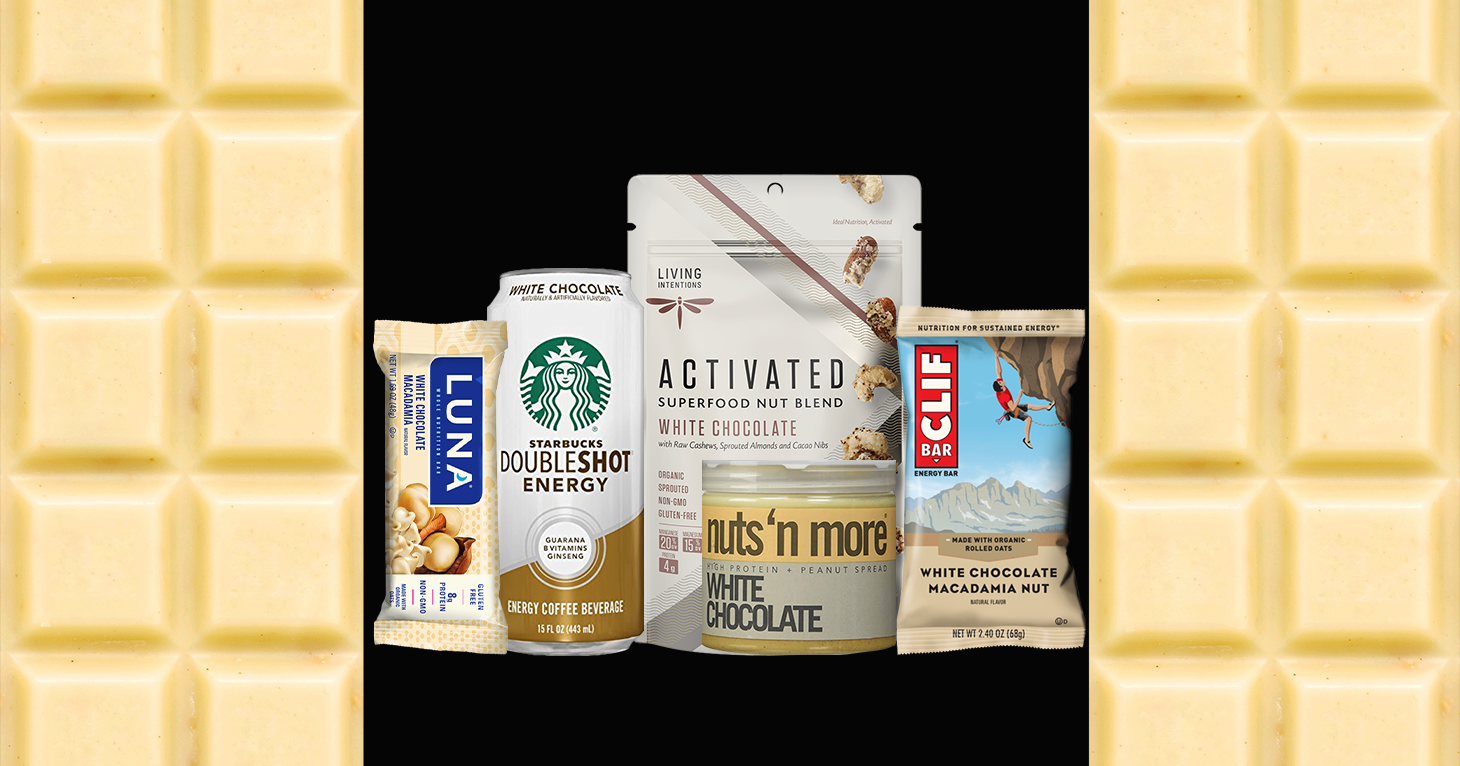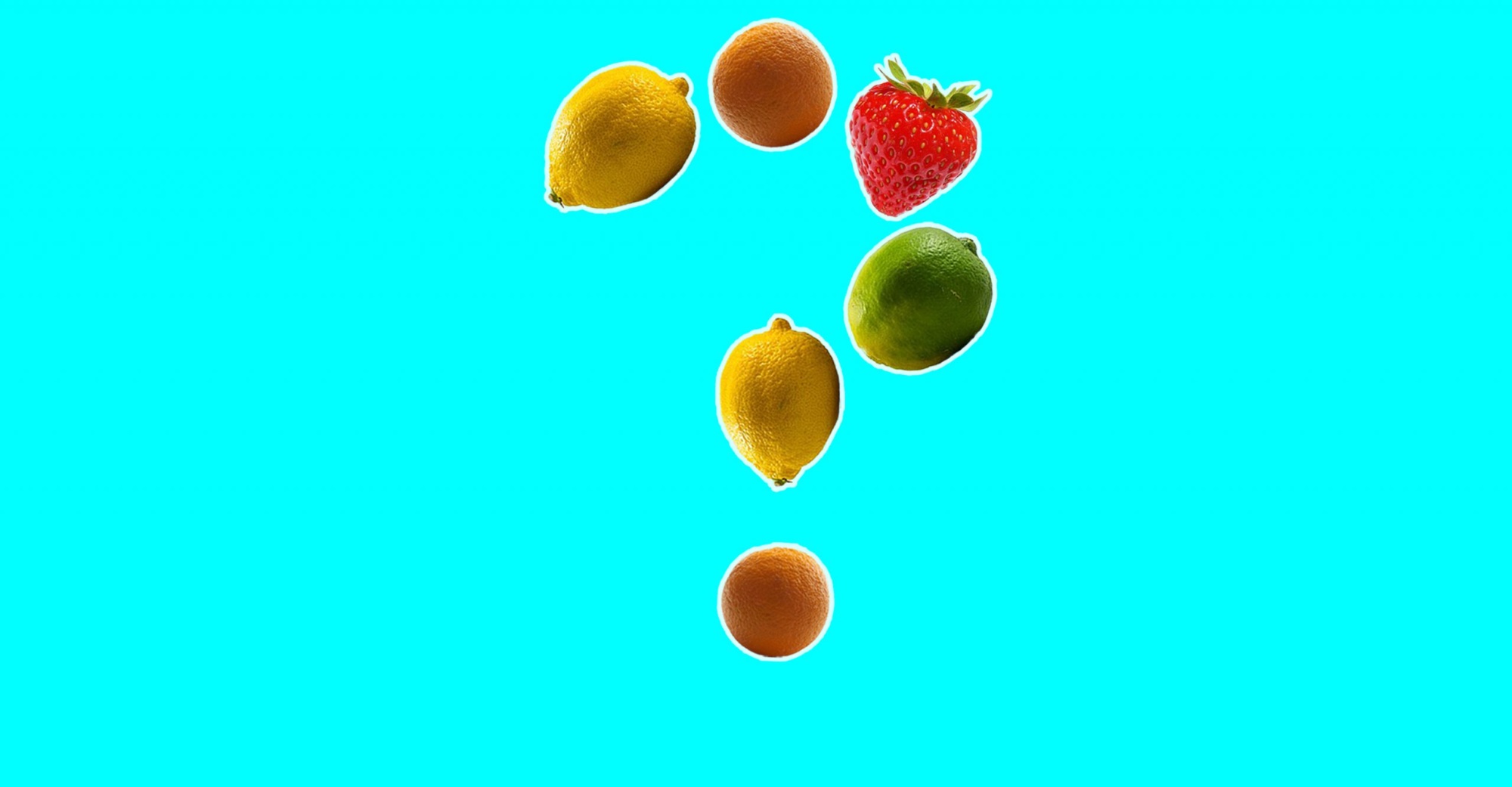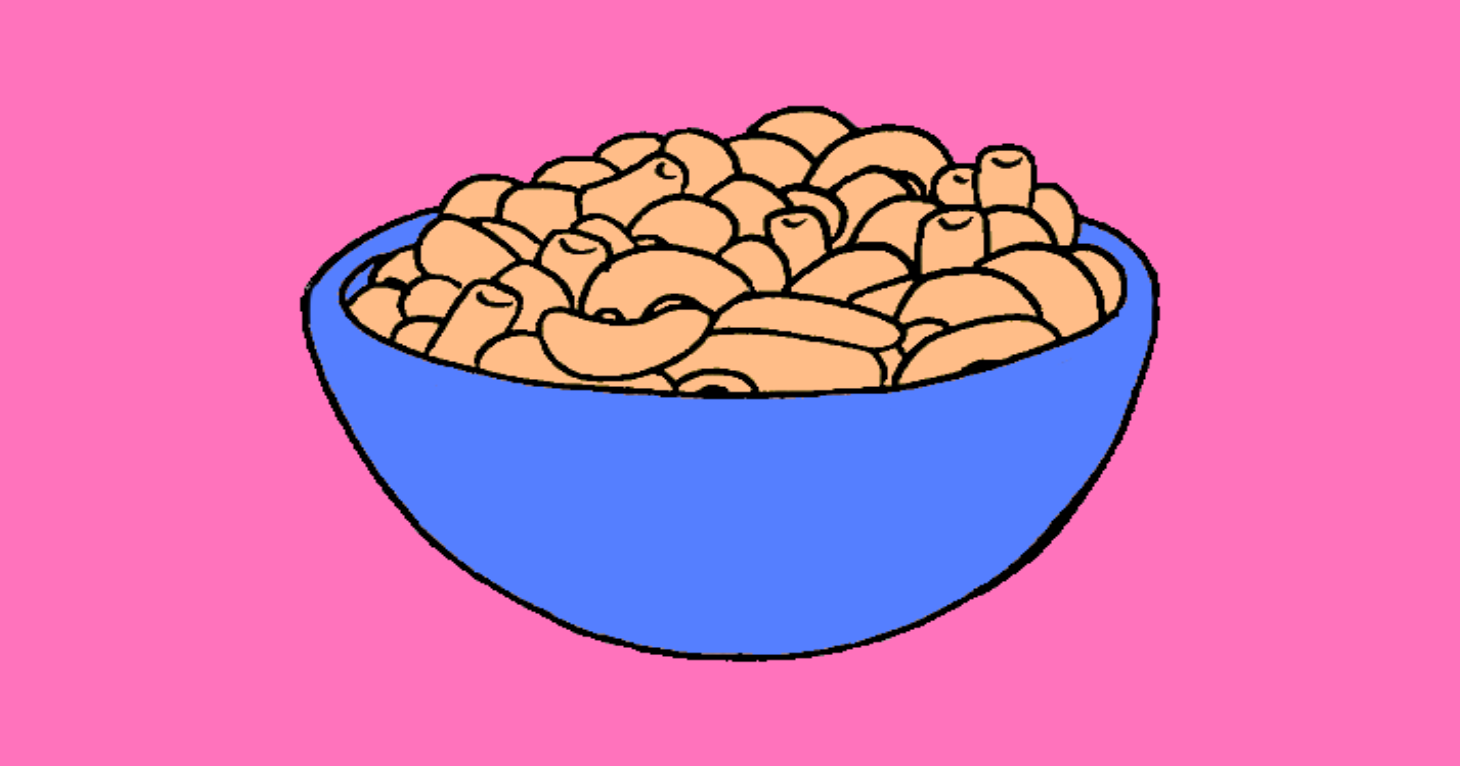
CATrends: What the Fudge?
Lawsuits allege brownie brands and others lack the essential dairy ingredients to call their products fudge.
Stocking stuffer alert: These "white chocolate" treats are allegedly missing key ingredients.
This article highlights a trend in class-action litigation as identified by our Class-Action Tracker. Thus the name of this feature, CATrends.
If there’s a white chocolate lover on your holiday shopping list, be forewarned: Not all white chocolate is the real deal.
That’s according to a recent spate of class-action lawsuits alleging that a number of treats marketed as white chocolate do not meet the FDA’s definition for the confection. For white chocolate to be called white chocolate, the agency has the following minimum requirements:
The FDA has only one limit, on sweeteners, which cannot exceed 55 percent. Fun fact: While you may be reading about these standards for the first time, they have been around since 2004. That’s when the FDA finalized a rule in response to petitions filed by the Hershey Company and the Chocolate Manufacturers Association (now part of the National Confectioners Association).
So who’s allegedly pushing fake white chocolate? Products currently facing class-action litigation range from a Starbucks espresso drink that contains no cocoa butter, to a Clif and Luna bar with no milk fat, to a Nuts ‘N More spread that is similarly lacking in the milk fat department. The complaint against Starbucks states:
Real white chocolate’s flavor is partially imparted by cocoa butter and cacao fat. The imitation white chocolate in [Starbuck’s Doubleshot Energy White Chocolate Drink] does not have cocoa butter as required, and instead has other cheap confectionary ingredients to imitate the taste of white chocolate.
The complaint against the coffee giant points to the absence of cocoa butter in the ingredients list on the label of the bottle. It notes that Starbucks has other white chocolate beverages that do contain cocoa butter, per ingredient information on the company’s website, proving that Starbucks is fully aware of “the qualities and ingredients that make up real white chocolate.”
Starbucks did not respond to request for comment. Neither did Nuts ‘N More nor Living Intentions, whose trail mix may not be as white chocolate-y as advertised.
A spokeswoman for Clif Bar & Company, maker of Clif and Luna bars, referred to a motion filed in response to the lawsuit against the company that argues product labeling is clear and transparent. She said in a statement:
As our motion states, our “product labels explicitly disclose that the ‘white chocolate’ taste in the products is merely a ‘natural flavor’ and not an ingredient.”
You be the judge:
Find more of our coverage on white chocolate here.
Lawsuits allege brownie brands and others lack the essential dairy ingredients to call their products fudge.
How much of the real fruit pictured on the label actually makes it in these products?
Lawsuits against Kraft and Annie’s mac and cheese allege brands fail to disclose harmful chemical ingredients.


